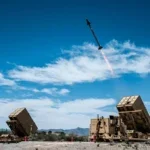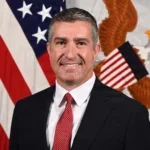
The Army’s Office for Acquisition, Logistics and Technology is seeking information on physical hardware and networking models to evaluate the technical feasibility of a Deployable Defensive Cyberspace Operations Infrastructure (DDI), which supports the Cyber Protection Teams (CPT) that provide defense to respond to suspected or anticipated cyber threats.The office has issued a Sources Sought Notice for the models with plans for challenge events leading to one or more awards to deliver hardware-based pilot or prototype DDI capability to allow operational…

 By
By 











